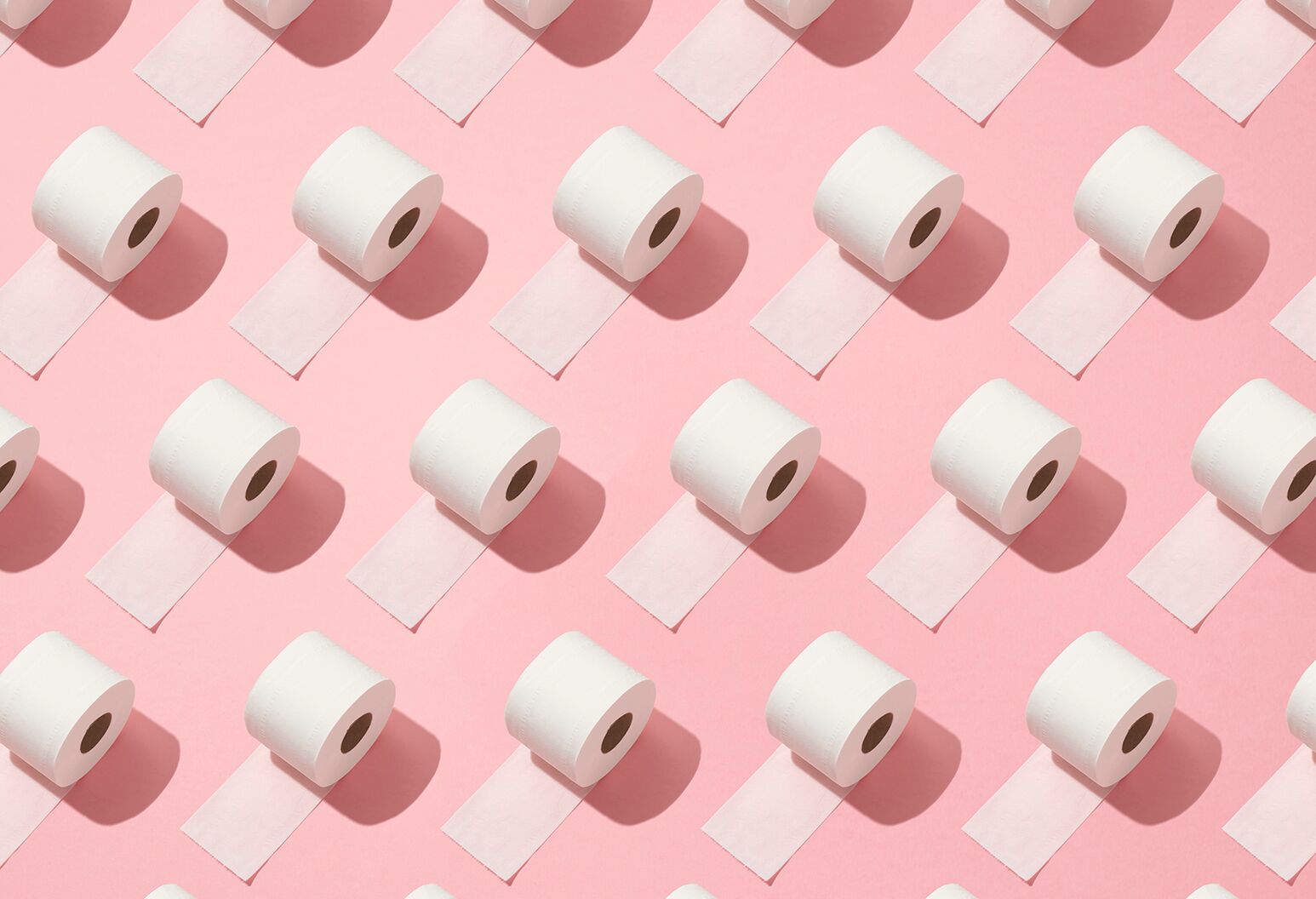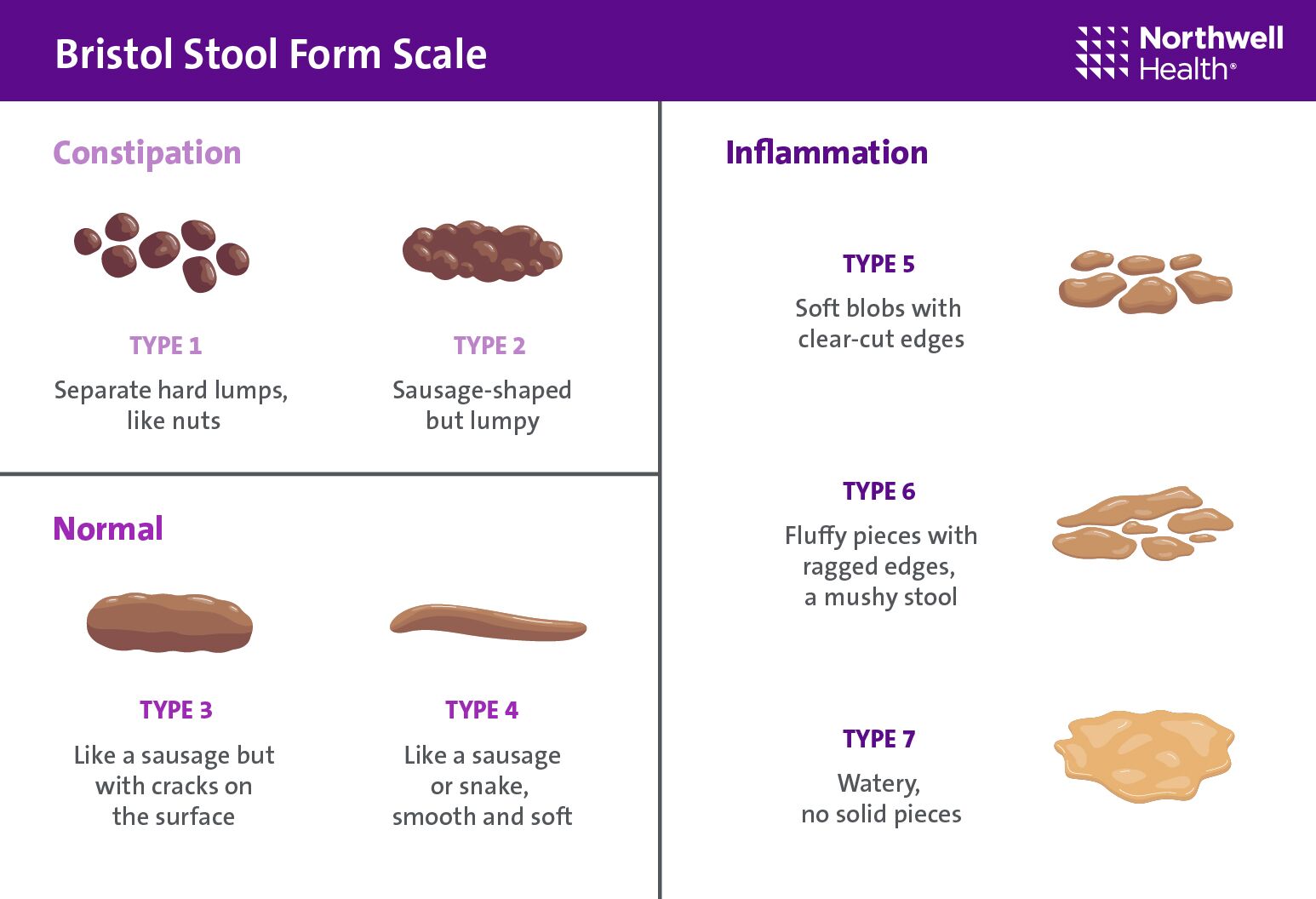digestive health
7 Ways To Love Your Liver

Our gastroenterologist translates 5 facts about feces.
5 min read
Everyone poops. It’s more than just a popular children’s book title, it’s a fact of life. But while discussing poop is largely left to potty-training guides and jokes with stinky (ha!) punch lines, it shouldn’t be.
As a gastroenterologist, I talk about the bowel all day long. What’s coming out at the end of your body is usually a good indication of what’s going on inside of it—especially when something’s amiss.
So, as a professional in the parlance of poop, let me share 5 things you need to know about your end product.
No matter what you call it—a bowel movement, poop, stool, feces, crap, dung, number two, or excrement—poop is a natural part of the digestive process. After we eat, the body fuels itself using the food’s protein, carbs, fats, vitamins, minerals, and other micronutrients. What’s left behind is the bacteria, salts, undigested food residue, water, and other substances that the small intestine is unable to digest. Bottom line is, what goes in must come out.
You know your phone’s poop emoji? That’s about the right color of a healthy bowel movement—some shade of medium to dark brown. The color comes from a chemical mixture that includes bile, a yellowish green fluid which, as it moves down the digestive tract, is hit by enzymes, turning it brown. If your stool is a shade other than brown, it could indicate something’s awry. For example:
Most of the time, though, odd-colored stool means absolutely nothing nefarious. If you’re eating a diet rich in green vegetables, eat certain green foods (gelatin, sports drinks, or iron-rich spinach), or are taking iron supplements, your stool may turn green or even black. If you eat something with red food coloring (candy apples, ice pops, etc.) or red foods like cherries, cranberries, tomatoes, or beets, your stool can turn a reddish hue. If you’ve had an upset stomach and downed some bismuth (the active ingredient in Pepto-Bismol and Kaopectate), your stool may be black.
If your stool changes color and you feel completely fine otherwise, it’s probably nothing to worry about. If, however, your stool color changes for longer than a day or two, and is accompanied by other symptoms, like light-headedness, pain, or fever, that’s when you should see a healthcare provider.
Everybody’s different, and while you may sit on the toilet once a day, another person may go a few times per day. On the whole, most women go less often than men. Why? Women’s colons hang a bit lower, and they’re a bit longer than men’s (we’ve got more organs for the colon to work through, like the uterus and the ovaries), while men’s abdominal walls are stiffer, helping food get through the digestive tract more efficiently.
The important thing to note is what’s typical for you. If you’re used to going a few times a week and suddenly you’re having several bowel movements a day, that may be a cause for concern. And going to the bathroom should be a pretty painless procedure. No running to the toilet required, nor should you need to strain to go, insert anything into your rectum in order to get the stool out (please don't do this ever!), or have to sit long enough to get through War and Peace.
Here’s something you may not know: We actually have a diagnostic chart that helps us assess the health of your stool, based on size and shape. The Bristol Stool Scale assigns a number between 1 and 7 to the stool, according to their corresponding descriptions. Yes, you read that right. We have a poop scale.
I’m going to give you an assignment: The next time you poop, don’t flush it immediately. Before you even wipe (you don’t want toilet paper to block your view), turn around and take a quick look at what’s there. Then compare it to this chart to see how your stool stacks up:

So where does your poop land? If types 3 or 4 describe what you see, then congratulations! These are the gold standard of stools. If, instead, you’re looking more like type 1 or 2, then you may be constipated. On the opposite end of the spectrum, if you fall between types 5 through 7, then your stool has too much liquid, or may even be diarrhea.
Another important thing to note is the size of your stool. Stool that is thinner or flatter than usual can simply indicate you need more fiber. But it could also be a sign there’s some sort of narrowing or obstruction going on inside the colon, especially when this is not your “normal” stool shape.
The take-home on all of this is that everyone has their own size, shape, color, and consistency of their stool. Some of us go a lot and some of us go very little. What’s important to note is whether anything has changed from your normal pattern for more than a few days. If the answer to that is yes, then you should seek the advice of a physician.
The Well is Northwell Health’s commitment to the future of health care. In this time of information overabundance, much of which is inaccurate, unhelpful, or even difficult to understand, Northwell Health is on a mission to make a difference as an honest, trusted, and caring partner. The site connects with consumers to provide them with personalized content that reduces their stress, makes them laugh, and ultimately feel more confident and capable on their healthcare journey.